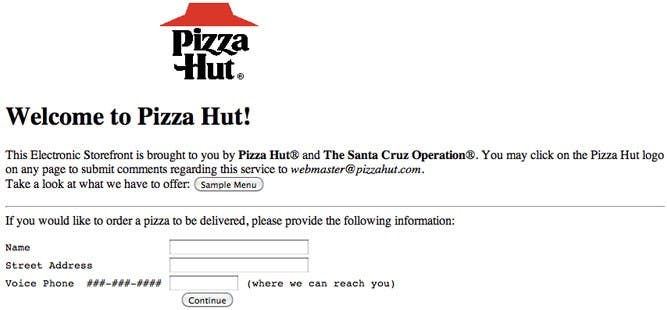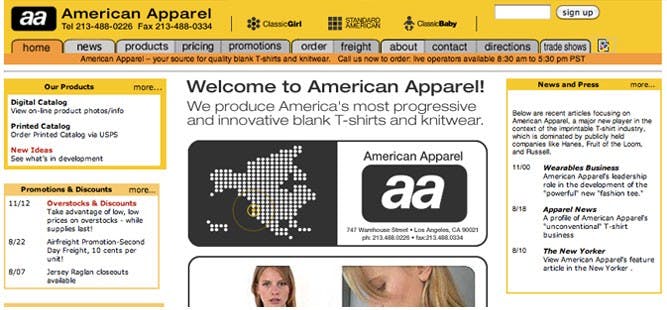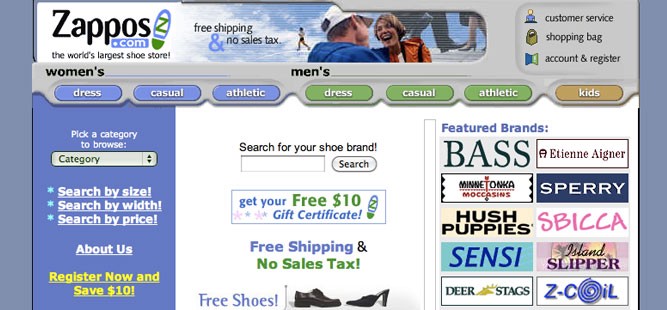What Is Emotional Website Design — and Why Does it Matter so Much?

Why do we click that “Buy Now” button? No doubt it’s some combination of price, quality, and convenience — our brains churning their economic engines, crunching data into a decision, as they do dozens of times a day.
But what about our hearts? The reality is the decision to buy often has much more to do with the way something makes us feel. There are countless studies supporting this, including one Harvard professor who suggests that 95% of consumer decisions are made subconsciously. In other words, we tend to convert based on our emotions more than any other factor.
What does that mean for e-commerce brands — or anyone pitching anything online? Any successful website needs to aim for the gut as much as the head. That’s where the concept of emotional design comes into play.
What is emotional design?
Emotional design is a concept coined by Don Norman in his book Emotional Design: Why We Love (or Hate) Everyday Things. The essential premise is that emotions have a crucial role in the human ability to understand the world and learn new things. In reality, all design is emotional, whether intentional or not; the trick is in shaping the user’s emotional response to the benefit of your product or service.
Applying that to the web, user experience designer Aaron Walter, author of the book Designing for Emotion, says positive emotional experiences can make users “feel like there’s a person, not a machine, at the other end of the connection.” This is critical. There is a machine at the other end, and more often than not, when buying something online, a user won’t have a single human interaction throughout the course of their transaction. Except maybe with the delivery man.
The goal, then, is to design e-commerce websites and other digital products that feel as attractive, real, and authentic as they do organized and efficient. That’s the stuff that translates to pleasure, joy, excitement, humor, anticipation, surprise, or any number of points on a spectrum of positive emotions.
Any successful website needs to aim for the gut as much as the head.
Why is creating a positive emotional connection to a website so important?
To understand this, we need to get a little scientific: For years, efficiency led the way in website design. It was a highly technical discipline focused on rational functionality and cold, hard processes, all at the expense of pleasing visual design.
Cases in point:





All screenshots from Internet Archive’s Wayback Machine.
The argument can be made that the people building websites at that time were hamstrung by the technology and design constraints of the day. But that’s certainly no longer the case.
According to Adobe, almost 40% of people will stop engaging with a website if the content/layout is unattractive. Another study found that 94% of negative website feedback was design related.
Indeed, website design needs to be both usable and beautiful for the experience to have a meaningful, lasting impact on the user.
But does beauty really convert?
Norman (the father of emotional design) put it this way: “attractive things work better.” Beautifully designed products have the power to trigger our creativity and expand our mental processes, ultimately making us better at problem-solving and more patient with somewhat difficult tasks, like ordering shoes online.
Think about that in the context of a website. I think it’s fair to say that even the best websites — arguably, all websites — are, well, clunky. While browsing the internet may seem like second nature, it’s not a natural thing at all. The first online shopping transaction was just 24 years ago, when two friends exchanged a Sting CD online. (For context, we homo sapiens have been around for 300,000 years. We’ve spent way more time rubbing sticks together to make fire than shopping online).
Adding to the clunkiness is a lot of complex, crazy, technical, miraculous, messy, wiry stuff going on in the background to bring that website to life. And, of course, there’s always human error.
If you’ve ever witnessed a user testing session or actually watched someone use a website, you’d know that the average person (*cough, cough* Mom) has no idea how a website works, on any level. Most people are actually quite intimidated and stumble through even the friendliest user experiences. Confusion and frustration abound.
Those very real negative emotions can lead to a very real negative impression of the website — and brand overall. Chances are, those users won’t be too keen to come back.
But masking all that with some beauty and personality helps you establish a connection, so that users give you — and themselves — at least a little bit of wiggle room.
That’s why, as simple (shallow?) as it sounds, “pretty” is so important. An attractive website helps users more easily understand (and, perhaps even more than that, forgive) the experience, and therefore be willing to problem-solve their way through it.
How to build emotion into your website design
Beauty and brains, pleasure and usability — they should go hand in hand.
— Don Norman
In his book, Norman defined three cognitive levels of design that we can apply to build emotion into our clients’ websites and digital products: visceral, behavioral, and reflective.
In short, the appearance of a design makes up the visceral (and most visual) level of design. The behavioral relates to how the product works, and the reflective relates to the long-term value of the product or design.
Designing your website, app, or any other digital product with these three principles in mind can help make it more:
- Appealing by capturing your users’ attention, delighting them with beauty and, ultimately, influencing their perceptions
- Effective by guiding them through your site and ensuring they find what they’re looking for without too much friction
- Memorable by allowing users to appreciate your website and enjoy their experience
Through beautiful, authentic, and compelling content, useful and meaningful interactions, and an overall sound UX strategy, brands can express their personalities and create those critical positive emotional connections with their users that will help ensure they become loyalists and even evangelists of the brand. Or at least make sure they hit that “Buy Now” button.



